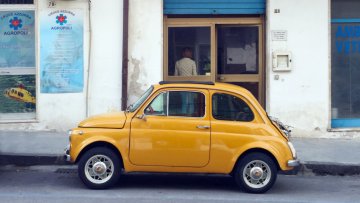Public transport in Sao Paulo varies to the extreme. It has a fairly large Metro network with integrated overground trains, buses and a wide offer of taxis on the main streets, stations and airports. Note that the traffic in Sao Paulo is intimidating. Traffic jams mixed with some fairly aggressive drivers make it not such a welcoming way to travel.
Airports are not connected to the metro/train network, and taxis or the airport shuttle bus, even though expensive, are the best options if you are not picking up a rental car at the terminal.
Unless you are in Ibirapuera Park or another car-free area of the city, bikes are not safe. The cycling lanes which popped up on some of the city's main roads are a joke, badly designed and without a clear continuous route to get you from point A to B. Forget it.
The Metro, which is in constant expansion, covers most of the city center and areas of interest for tourists.
If used cleverly, the Metro can be the best way to get around the city. This means avoiding the crowds at peak hours when commuters can wait up to half-hour to board trains. Changing lines at the main connecting stations can take even longer. Make sure you arrive before 5 p.m. wherever you might want to go or wait until after 9 p.m. when crowds start to lighten.
Weekends are the best days to get about.
The same as the Metro, avoid rush hours. And be aware that you will not find an English-speaking bus drivers in Brazil. Ever!
Taxis are widely available with pricey fares. Uber is also available, but remember that the traffic jams are constant and endless.

